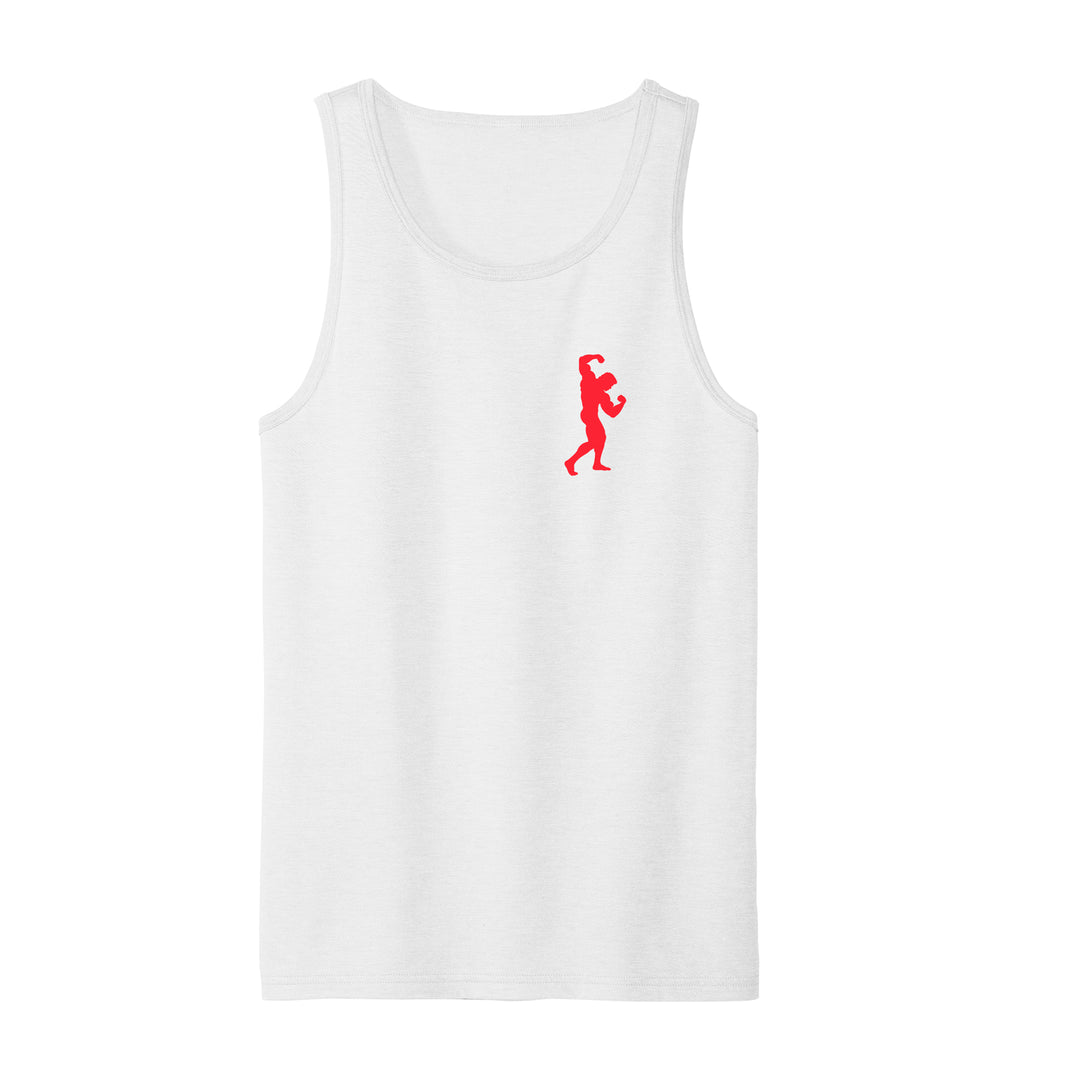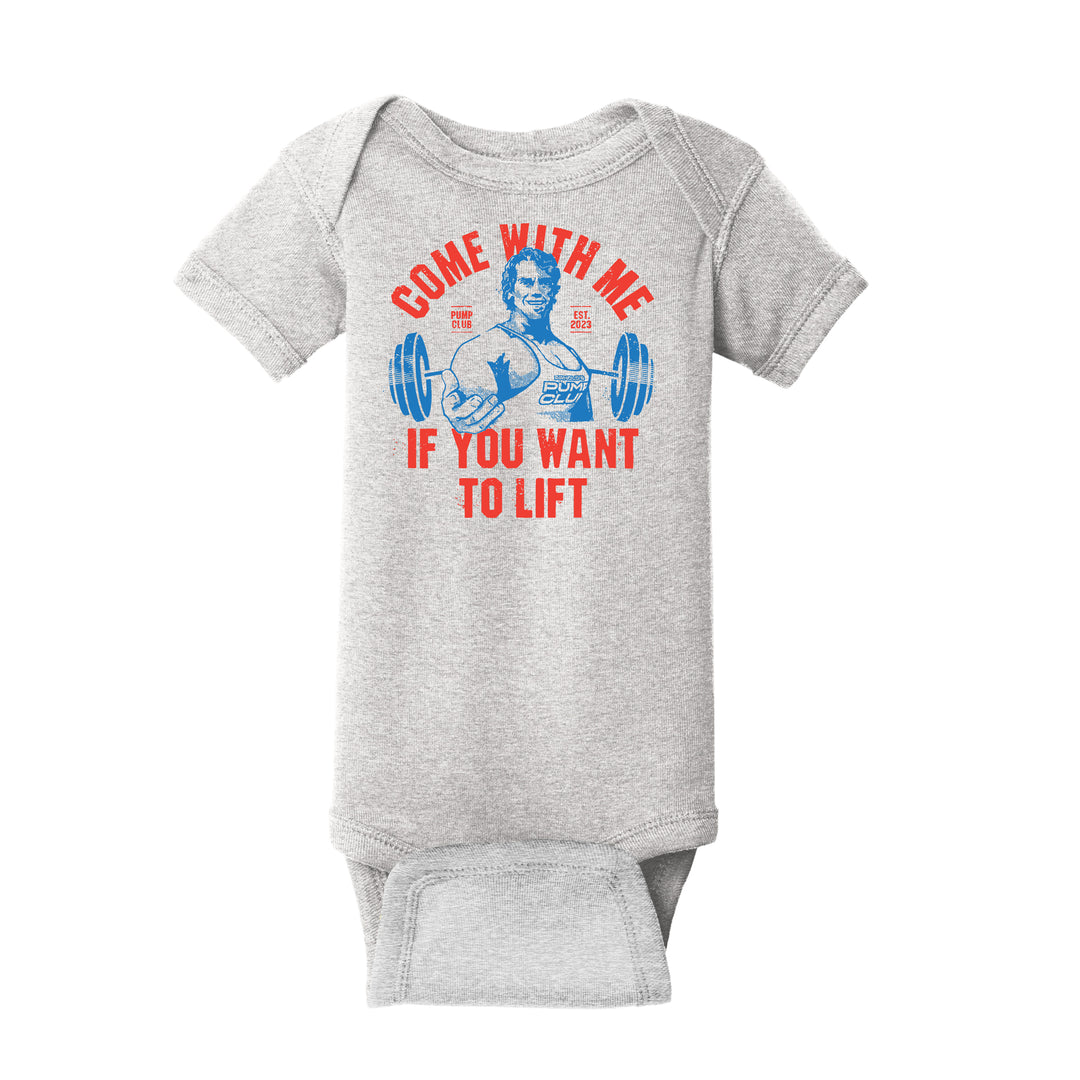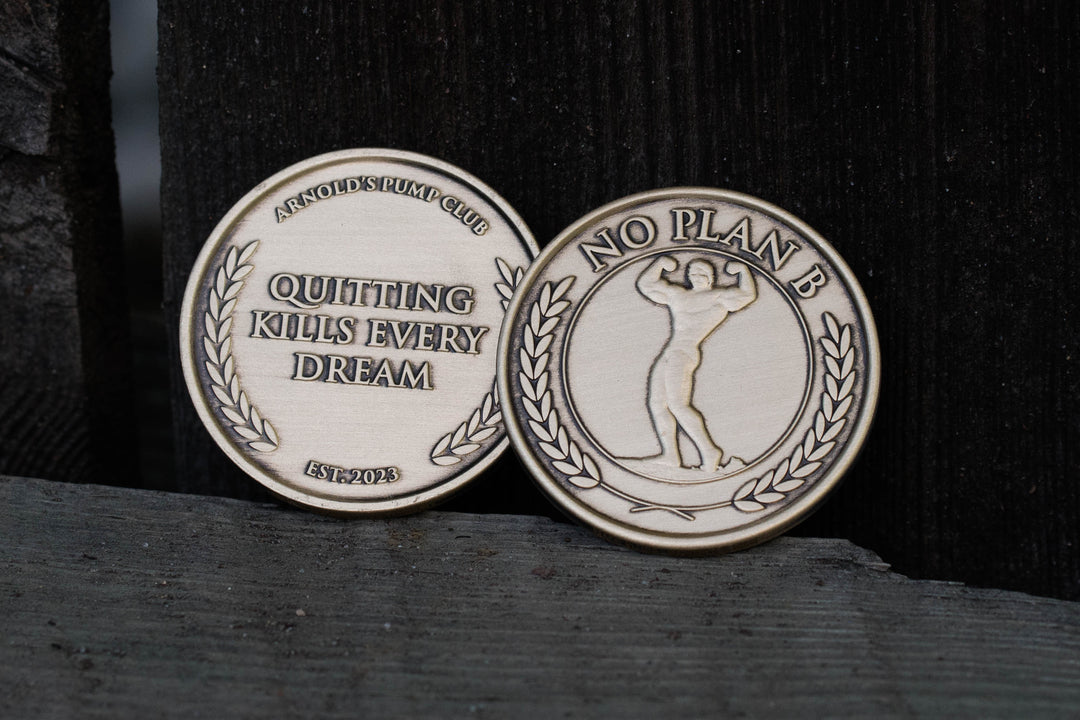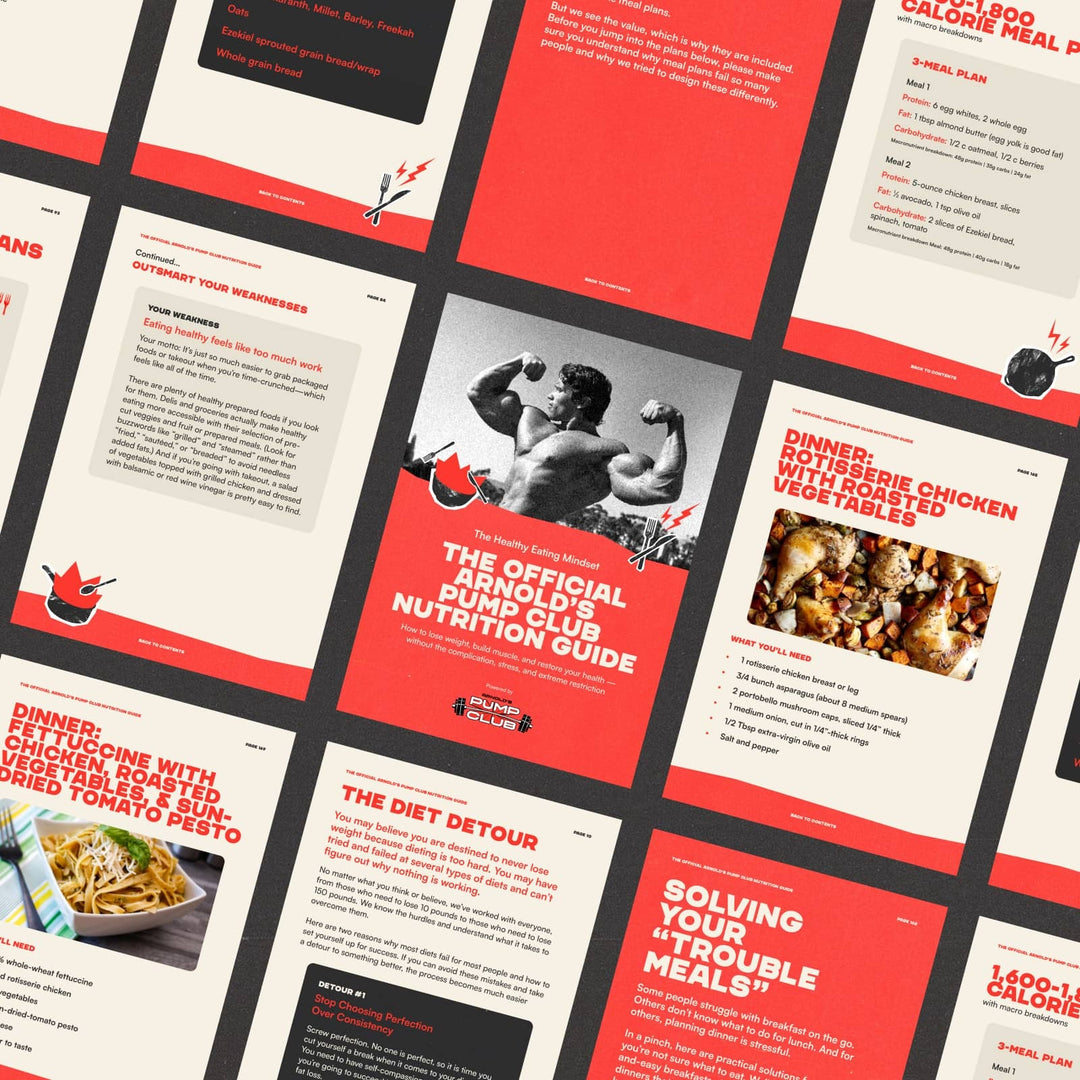Welcome to the positive corner of the internet. Every weekday, we help you make sense of the complex world of wellness by analyzing the headlines, simplifying the latest research, and providing quick tips designed to help you stay healthier in under 5 minutes. If you were forwarded this message, you can get the free daily email here.
Today’s Health Upgrade
The curious connection between mental health and cravings
A different way to look at protein quality
Does speed matter more than step count?
Foods are super: oranges
A Little Wiser (In Less Than 10 Minutes)
Arnold’s Pump Club Podcast is another daily dose of wisdom and positivity. You can subscribe on Apple, Spotify, or wherever you listen to podcasts.
Health
How Depression Changes What You Crave (And What To Do About It)
When your mood dips, your cravings may shift in ways that make it harder to feel better. Ever notice how stress or sadness has you reaching for comfort foods, and not usually broccoli? Science suggests that this isn’t just a lack of willpower.
Recent research suggests that depression alters food preferences, driving people toward high-fat foods and away from fiber-rich options.
Researchers studied nearly 3,000 adults, and compared to people without depression, those with depression reported a 23 percent higher preference for high-fat foods (especially those rich in saturated fats) and a 16 percent lower preference for fiber-packed foods like vegetables, fruits, and whole grains.
This shift in taste could help explain why nutrition and mood are so closely linked. The researchers believe depression changes how the brain’s reward system responds to specific macronutrients, creating cycles where craving high-fat foods can worsen mood, while avoiding fiber-rich foods removes a key source of nutrients that support gut and brain health. Importantly, because this was a cross-sectional study, we don’t know if depression caused the preference changes or if certain eating patterns increase depression risk.
Here’s the good news: awareness is the first step toward breaking the cycle. If you know that low mood may steer you toward foods that make you feel worse in the long term, you can plan ahead.
Whether you’re suffering from depression or not, here are a few simple ways to help keep your eating in check by making your kitchen more nutrition-friendly.
Start by stocking up on fiber-rich foods (berries, oats, lentils, beans), so they’re available when cravings hit. Swap saturated fats for mood-supporting omega-3s from salmon, walnuts, or flaxseed. As a bonus, pair fiber with flavor by adding protein, roasting vegetables with spices, adding fruit to yogurt, or blending greens into a smoothie. All can make healthier options more appealing.
Together With Maui Nui
Why Protein Harvesting Matters More Than You Think
Most people focus on what animals eat when thinking about meat quality. However, research suggests that the manner and timing of an animal's harvest may play a significantly larger role in what ends up on your plate.
Stress at the time of harvesting alters the chemistry of the meat, changing its taste, texture, and nutritional quality.
Researchers studied different animals across three hunting seasons, tracking pH levels in muscle tissue immediately after harvesting. Why pH? Because it reveals how stressed the animal was before death. When animals experience stress, their muscles utilize energy reserves differently, resulting in abnormal pH levels that can make meat tougher, less flavorful, and more prone to spoilage.
The data showed that pH values declined predictably when animals were harvested under calm conditions; however, stress before shooting disrupted this decline. That disruption directly correlated with poorer sensory qualities of the meat. In other words, a stressful end for the animal meant lower quality for the consumer.
Researchers believe this happens because stress depletes glycogen (stored energy) in the muscles, which normally helps regulate acidity after death. Without enough glycogen, the meat can taste metallic, lose tenderness, and spoil faster.
The practical lesson is simple: If you want meat that’s not only healthier but also more enjoyable, sourcing matters.
If you want higher-quality protein, look for suppliers who prioritize stress-free harvesting. Maui Nui Venison employs nighttime harvesting methods that align with natural animal behavior, ensuring the highest quality meat—tender, nutrient-rich, and flavorful.
Maui Nui uses FLIR thermal imaging to humanely harvest invasive Axis deer under the cover of night, when the animals are calm and most active. Thermal cameras detect heat signatures, giving harvesters a precise view in total darkness, ensuring rapid, stress-free harvesting that preserves both meat quality and animal welfare.
And then USDA inspectors allow deer to be processed within minutes of harvest. That means fresher meat, less bacterial risk, and unmatched nutrient retention.
The end result is the type of quality food you want to consume, and it’s nutrient dense. Maui Nui venison has 22 percent more protein, up to four times the antioxidants, and at least 8 times the healthy fats of red meat.
For a limited time, all Pump Club members receive a complimentary Stick Starter Pack (a $79 value) — our favorite high-protein snack — with any purchase of $79 or more.
Longevity
Why Your Walking Speed Matters More Than You Think
Most people obsess over the number of steps they take each day. It's great if you're increasing your steps, but research also suggests that how fast you walk might be even more important than how much ground you cover.
Walking at a brisk pace can lower your risk of type 2 diabetes by nearly 40 percent.
Researchers analyzed data from 10 cohort studies covering more than 500,000 adults. Compared to slow walkers (<2 mph), people walking at a moderate speed (2-3 mph) had a 15 percent lower risk of diabetes, those at a moderately brisk pace (3-4 mph) had a 24 percent lower risk, and brisk walkers (4+ mph) had a 39 percent lower risk.
The researchers believe that faster walking improves insulin sensitivity, muscle glucose uptake, and cardiovascular fitness — all of which help regulate blood sugar levels.
And here's what made us do a double-take: the effect was independent of the duration of walking. In other words: the same 20-minute walk can be twice as effective for prevention if you do it with more intensity.
If you don't have as much time as you'd like to move, focus on your pace. Start with a “conversational pace” (about 2.5 mph, or 87 to 100 steps per minute), and work toward a “brisk but comfortable” pace (4+ mph) where you feel slightly winded but can still talk. You don’t need to spend more time walking; you just need to spend your time walking a little faster.
Foods Are Super
Oranges: Your Daily Heart Protector
We usually think of oranges as the go-to when cold season hits. But research suggests the real magic of this fruit might be in how it protects your heart and keeps your body running smoothly.
Eating 1 to 2 oranges a day can lower your risk of heart disease, steady your blood sugar, support digestion, and even help build stronger bones.
Large-scale studies found that people who eat more citrus fruit have a 9 to 12 percent lower risk of cardiovascular disease and death compared to those who eat the least. A Japanese cohort study backed this up, finding frequent citrus intake was especially protective against strokes in both men and women.
Researchers believe the mix of fiber, vitamin C, potassium, and flavonoids explains the heart-protective benefits. Fiber lowers cholesterol, potassium helps relax blood vessels, and antioxidants reduce inflammation and oxidative stress.
Beyond your heart, a single large orange delivers about 4.5 grams of fiber, helping regulate digestion and prevent blood sugar spikes. That’s why the American Diabetes Association lists citrus as a “superstar food” for people managing diabetes. Oranges also sneak in calcium (6% of your daily needs) for bone health and folate, which is essential for cell growth and especially important during pregnancy.
The best part? The benefits show up in real-world, long-term population studies, not just lab results. That means the risk reductions are realistic and achievable for anyone who makes oranges part of their daily routine.
If you’re looking for a simple health boost that requires no meal prep, eat one whole orange with breakfast or as an afternoon snack. You’ll get immune-boosting vitamin C, heart-protecting fiber, and natural sweetness that supports your health without affecting your blood sugar.
Better Today
Take any of these tips from today’s email and put them into action:
Depression and Food Cravings: Research suggests depression increases high-fat food cravings and reduces the preference for fiber. By stocking your kitchen with omega-3 rich foods like salmon and fiber sources like berries can help break this mood-food cycle.
Meat Quality and Harvesting: Studies reveal that stressed animals produce meat with altered pH levels that's tougher and less flavorful, making stress-free harvesting methods essential for optimal protein quality and taste.
Why Pace Matters More Than Distance for Diabetes Prevention: Walking at 4+ mph reduces type 2 diabetes risk, making intensity more important than step count for blood sugar regulation and metabolic health.
-
Oranges for Heart Health: Large-scale research found that consuming 1-2 oranges per day can lower cardiovascular disease risk by supporting heart health and blood sugar stability.
—
Publisher: Arnold Schwarzenegger
Editors-in-chief: Adam Bornstein and Daniel Ketchell































































